🚩 Skip the waitlist and invest in blue-chip art for the very first time by signing up for Masterworks: https://www.masterworks.art/historymarche
Purchase shares in great masterpieces from artists like Pablo Picasso, Banksy, Andy Warhol, and more.
🚩 See important Masterworks disclosures: https://www.masterworks.com/cd
🚩 In the early 10th century, Britain was divided. Several Kings and Earls vied for land and power. King Athelstan brought together the Anglo-Saxons against a newly formed Celtic/Norse army. A defeat for Athelstan would cause the fledgling Kingdom of England to disintegrate. A victory, would ensure its survival.
🚩 Support HistoryMarche on Patreon and get ad-free early access to our videos for as little as $1: https://www.patreon.com/historymarche
📢 Narrated by David McCallion
🎼 Music:
Epidemic Sounds
Impact Allegretto – Kevin MacLeod
Filmstro
#vikings #history #ragnar
Similar Posts:
-
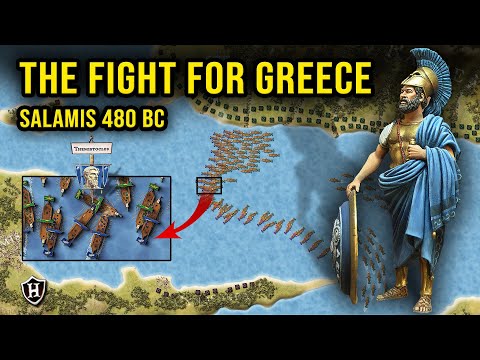
Battle of Salamis 480 BC – A detailed account – The fight for Greece -
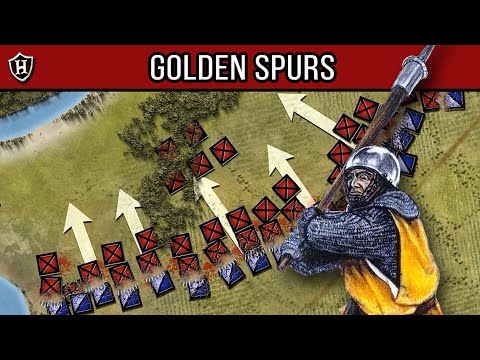
Amazing story of resistance – Battle of the Golden Spurs, 1302 -
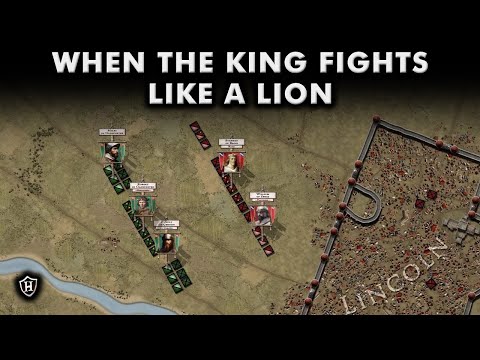
When the King fights like a lion ⚔️ Battle of Lincoln, 1141 ⚔️ The Anarchy (Part 2) -
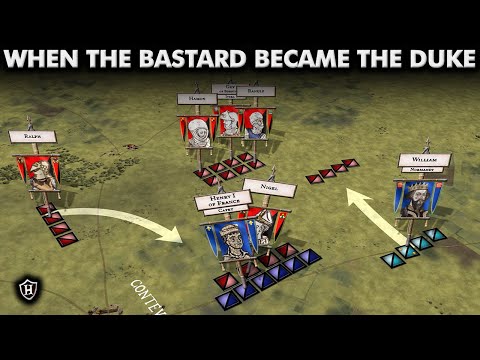
Battle of Val es Dunes, 1047 AD ⚔️ Early years of William the Conqueror ⚔️ Part 1 ⚔️ DOCUMENTARY
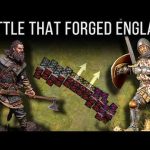
Leave a Reply